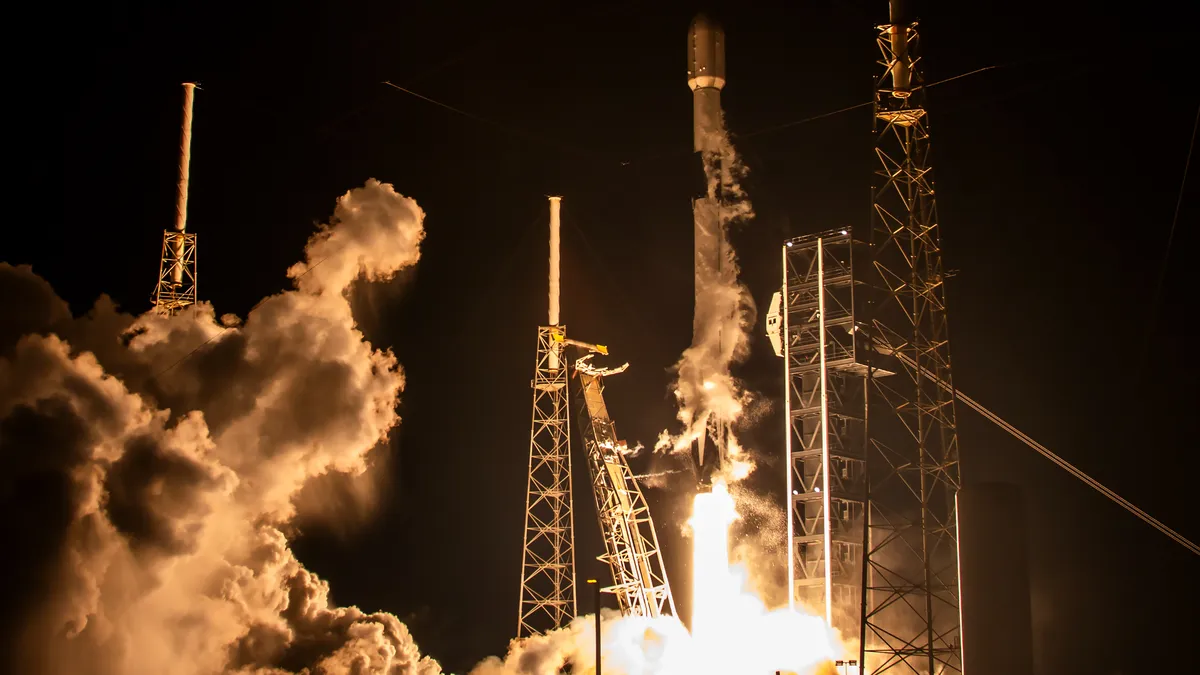
A brand-new SpaceX Falcon 9 rocket successfully earned its wings on Tuesday, May 20, 2025. The launch took place at 11:19 p.m. EDT (0319 GMT on May 21) from Florida's Cape Canaveral Space Force Station. This mission was particularly significant as it carried 23 of SpaceX's Starlink broadband satellites into low Earth orbit (LEO).
The launch was originally scheduled for Monday night, May 19, but was delayed due to an aborted attempt just before liftoff. SpaceX did not disclose the reasons behind this last-minute cancellation, pushing the mission to the following evening.
Tuesday's launch marked a historic moment as it was the first-ever flight for this specific Falcon 9 first stage. SpaceX has gained a reputation for its innovative approach to rocket reuse, making this a rare occurrence. The successful flight underscores the company's commitment to advancing space technology and enhancing the efficiency of satellite launches.
Approximately eight minutes after liftoff, the Falcon 9's booster made its first-ever landing, touching down on the SpaceX drone ship, Just Read the Instructions, which was stationed in the Atlantic Ocean. This successful recovery is part of SpaceX's strategy to reduce costs and increase the sustainability of space travel.
Meanwhile, the Falcon 9's upper stage continued its mission, carrying the 23 Starlink satellites toward LEO. The deployment of these satellites occurred on schedule about 65 minutes after launch, further expanding SpaceX's broadband network.
Tuesday night's launch was notable not just for its immediate success but also for marking the 60th Falcon 9 flight of 2025 and the 43rd Starlink mission already this year. This achievement highlights SpaceX's ongoing efforts to enhance global internet access through its satellite constellation.
As SpaceX continues to innovate and push the boundaries of space exploration, this successful Falcon 9 launch represents a significant step forward in the quest for reliable broadband connectivity worldwide.